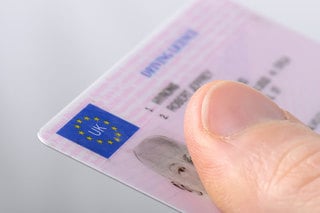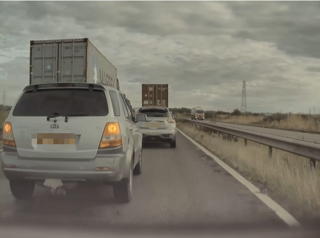By Rich Hickin, group sales director at TTC Group
For many businesses, grey fleets have long been perceived as a cost-effective alternative to owning or leasing company vehicles. However, this approach often overlooks the significant risks and compliance challenges involved.
While economic pressures continue to mount, amplified by rising wages and national insurance contributions, new research suggests that many organisations may not be meeting their duty of care obligations for grey fleet drivers.
The reality is that unmanaged grey fleets can introduce serious safety risks, financial liabilities, and reputational damage, making a well-defined policy more critical than ever.
Indeed, despite 99% of fleet professionals surveyed by TTC Group confirming they proactively promote responsible and safe business driving, just 33% of them ask grey fleet drivers to sign and adhere to a driving-for-work policy.
With 14 million grey fleet drivers on UK roads, there’s a potential 9.2 million grey fleet drivers using their own vehicle for business purposes without a driving for work policy in place, one of the most important steps a business can take to reduce risk. What’s more, the collision risk for these drivers is big.
A study on behalf of National Highways and the charitable partnership RoadSafe (2022) found that nearly one third (29%) of all road fatalities and 21% of all casualties occur in driving for-work collisions.
To help counter these alarming statistics, business that require staff to drive for work, including grey fleet drivers, should take a holistic approach to risk reduction.
Our research reveals a concerning lack of awareness among grey fleet drivers regarding what confirmations they must provide before driving for work, what is expected of them when on the road and what their responsibilities are going forward.
As a starting point, this could be overcome by outlining it in a good driving-for-work policy.
It's encouraging to know that one in two businesses we surveyed do offer training to grey fleet drivers.
Nevertheless, this still leaves significant numbers of employees driving on UK roads for work who are not equipped with the knowledge needed to keep themselves, and others, safe.
Of course, every driver and driving situation is different, there’s no one-size-fits-all solution to driver training, which is why the holistic approach is so important.
Training could include everything from hazard perception to loading and lifting. A truly rounded approach to reducing grey fleet risk will include driver checks and licence validation, which can highlight those with the most critical need for driver training. Training should also be both proactive and reactive.
Only 31% of fleet professionals we surveyed confirmed they support driver rehabilitation through training for those who had received a speeding, drink, or drug driving offence.
As businesses face financial uncertainty across the UK, employers would be forgiven for ‘ticking the box’ once a driver has been trained, but follow-up is needed too.
TTC research found that once trained, just 39% of businesses follow-up with post-training information to drivers to ensure they retain and act on new insights and knowledge gained. This reinforces that an ongoing commitment to training is lacking across the board.
While economic pressures are real, grey fleet duty of care must remain a priority. At the very least, meeting duty of care responsibilities can bring significant cost savings and minimise loss of productivity through staff absence, resulting from ‘at work’ road accidents.
As a driver education specialist, we are committed to raising awareness of the many risks businesses expose themselves, their grey fleet drivers and other road users to.
With more deaths occurring from work-related road trips than workplace incidents, it is clear that proactively promoting responsible and safe driving requires proactive action.
To help fleet managers and business owners manage risk, a new TTC whitepaper ‘Managing Grey Fleet Risk the Easy Way,’ explores how businesses can help reduce the risk associated with employees driving their own vehicles for work.
Read expert advice from Fleet News on how to protect your business reputation and costs by controlling your grey fleet.



















Login to comment
Comments
No comments have been made yet.